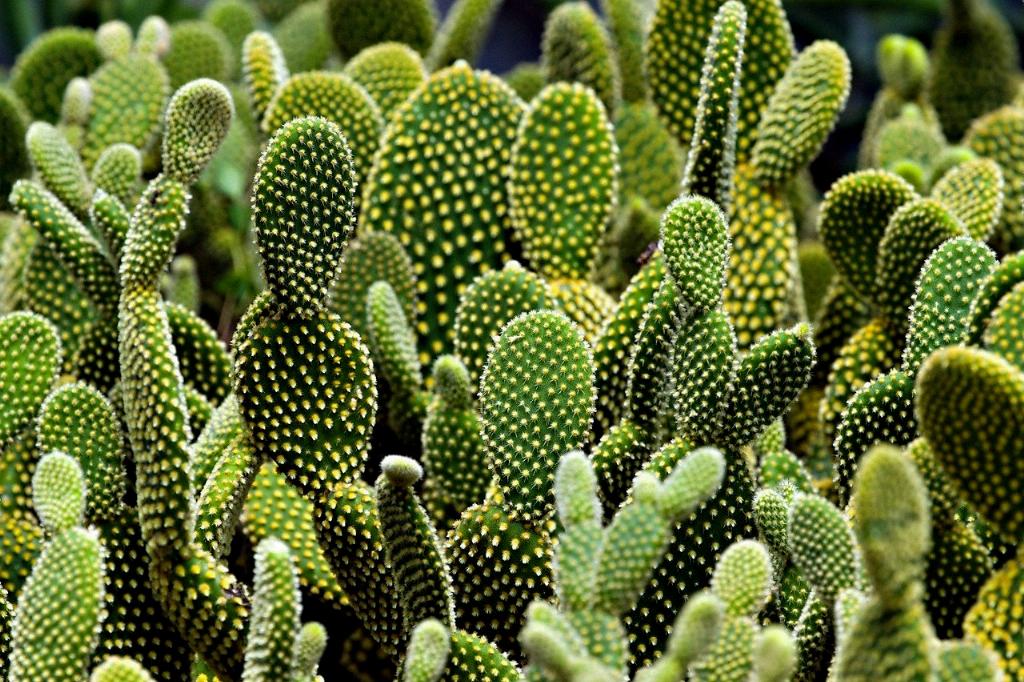Cactus trees are a fascinating and unique aspect of the plant kingdom. They stand out for their distinct features and adaptations that allow them to thrive in arid environments. In this article, we will delve into the world of cactus trees to explore whether they truly qualify as trees and uncover the various aspects that make them noteworthy.
Characteristics of Cactus Trees
One of the defining characteristics of cactus trees is their tree-like appearance. These plants can develop a single, robust trunk that is adorned with numerous branches, giving them a tree-like silhouette. While some cacti have a more shrub-like growth habit, others can grow tall and upright, resembling traditional trees. This arborescent growth pattern is a key feature that sets cactus trees apart from other plant species.
Types of Cactus Trees
There is a wide variety of cactus species that exhibit tree-like characteristics. Genera such as Leuenbergeria, Pereskia, and Rhodocactus are known for their arborescent growth habits. In these cacti, the branches may be covered with leaves, blurring the line between traditional trees and cacti. Despite this variation, these species are recognized for their ability to thrive in harsh desert conditions and their striking architectural beauty.
Growth and Maintenance of Cactus Trees
Cactus trees are relatively low-maintenance plants that require minimal care to thrive. These plants are well-suited to arid climates and are adapted to surviving in dry, challenging conditions. To cultivate healthy cactus trees, it is important to provide them with well-draining soil, ample sunlight, and infrequent watering. With proper care, cactus trees can flourish and add a touch of exotic charm to any garden or landscape.
Common Misconceptions about Cactus Trees
One common misconception about cactus trees is that they are not “true” trees due to their lack of traditional woody tissue. While cactus trees may not conform to the typical botanical definition of a tree, they exhibit tree-like traits such as height, branching structure, and longevity. It is essential to appreciate the unique adaptations of cactus trees that enable them to thrive in harsh desert environments and endure arid conditions.
Benefits of Having Cactus Trees
Having cactus trees in your garden or landscape can offer a range of benefits. These plants are drought-tolerant, low-maintenance, and visually striking, making them an excellent choice for arid climates or water-wise gardening. Cactus trees can also attract pollinators, provide habitat for wildlife, and serve as focal points in xeriscape designs. Their unique aesthetic appeal and ability to thrive in challenging conditions make cactus trees a valuable addition to any outdoor space.

Conclusion
In conclusion, cactus trees exhibit distinctive characteristics that set them apart from traditional trees. While they may not fit the conventional mold of a tree, cactus trees showcase remarkable adaptations that enable them to thrive in harsh desert conditions. Their tree-like appearance, arborescent growth habits, and unique beauty make cactus trees a captivating and valuable presence in any landscape. Whether you are a seasoned cactus enthusiast or new to the world of succulents, exploring cactus trees can broaden your appreciation for the diversity and resilience of these remarkable plants.
